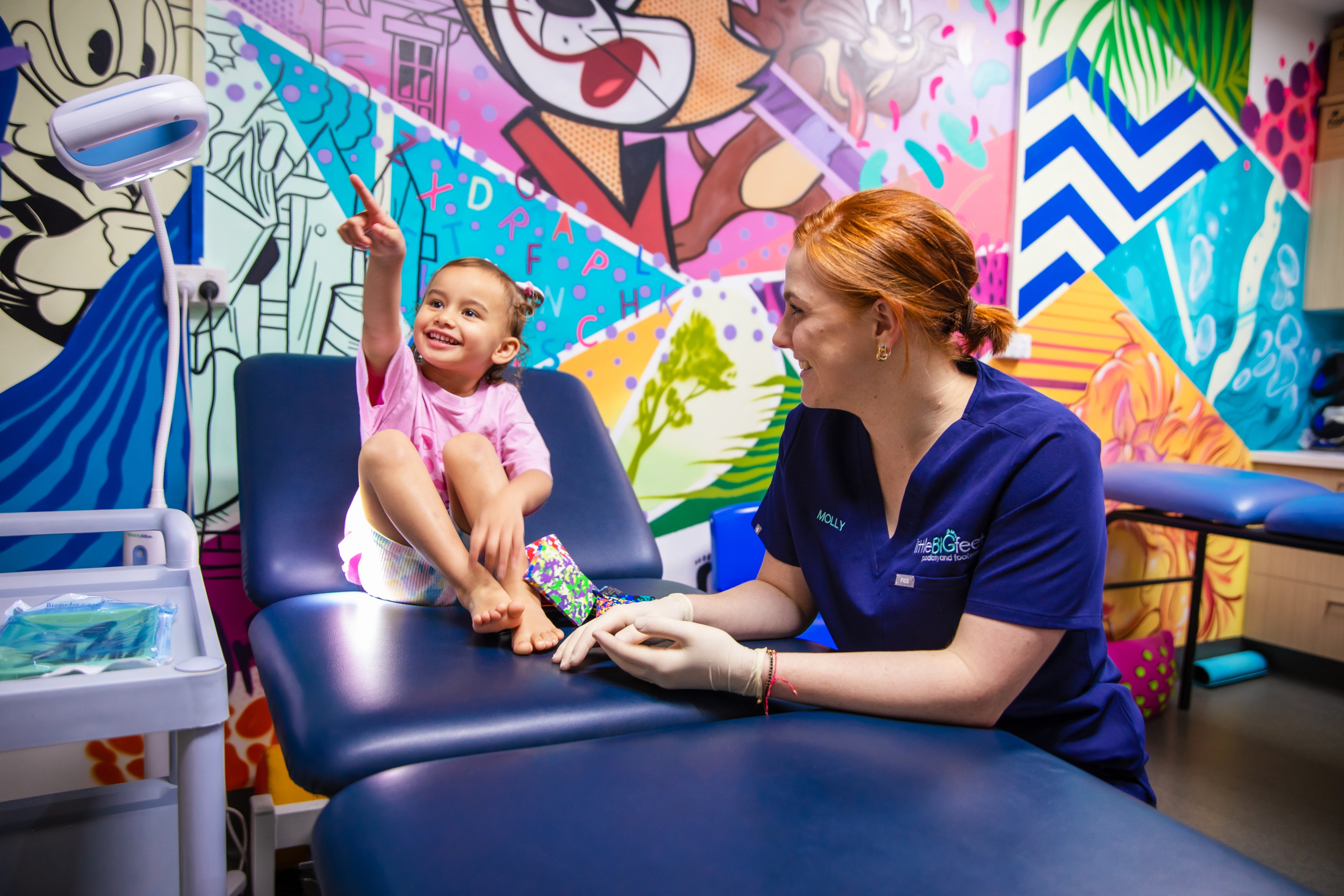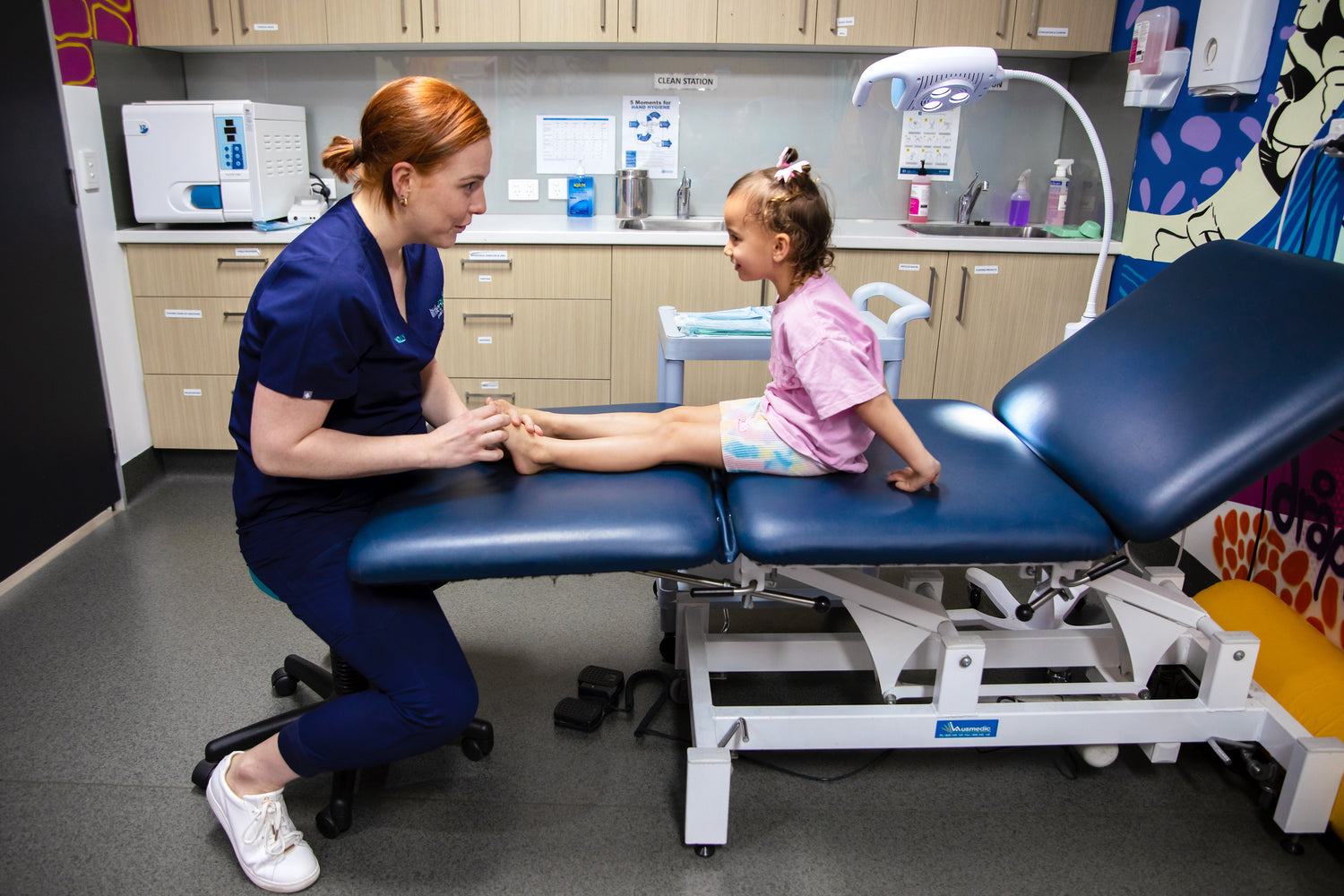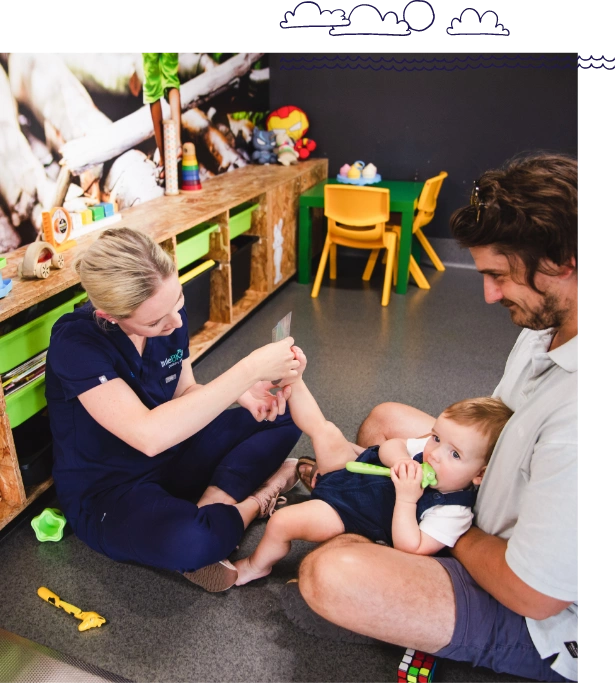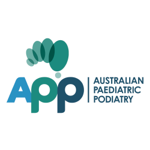
Dermatological
- Ingrown toe nails
- Plantar warts

Ingrown toenails
Ingrown toenails are especially common among the adolescent age group. Whilst a child’s nail shape may predispose them to this presentation, other factors such as acute trauma, cutting technique, skin moisture and hygiene may also contribute. Ingrown toe nails can be very painful, and if left untreated may cause an infection of the surrounding tissue.
In-grown toenails may be treated in a variety of ways. Often times a simple excision of the offending nail piece will resolve the issue, however in recurrent or chronic presentations a partial nail avulsion may be warranted. A nail avulsion is a minor surgical procedure which may be done onsite under local anaesthesia in less than an hour. It involves the removal of one side of the nail, followed by a phenol application which prevents regrowth of the nail.
LBF podiatrists will discuss with families the most appropriate treatment option for ingrown toenails.

Plantar warts
Plantar warts, or verruca pedis, are common among both children and adolescents. Plantar warts are caused by the human papilloma virus, which infects the skin resulting in abnormal cell production. Children exposed to wet damp conditions (such as communal pools and showers) and those with reduced immunity are thought to be more predisposed to warts due to the skin’s strong barrier (epithelial cell barrier) being compromised.
Whilst plantar warts may self-resolve, many parents opt for early intervention due to their contagious and sometimes painful nature. LBF offer a range of treatment modalities for plantar warts ranging from less invasive topical acidic preparations through to minor surgical infiltration procedures. Your podiatrist will discuss with you the treatment options available to your child.
The age, health and activity will determine the most appropriate form of treatment for the patient.








